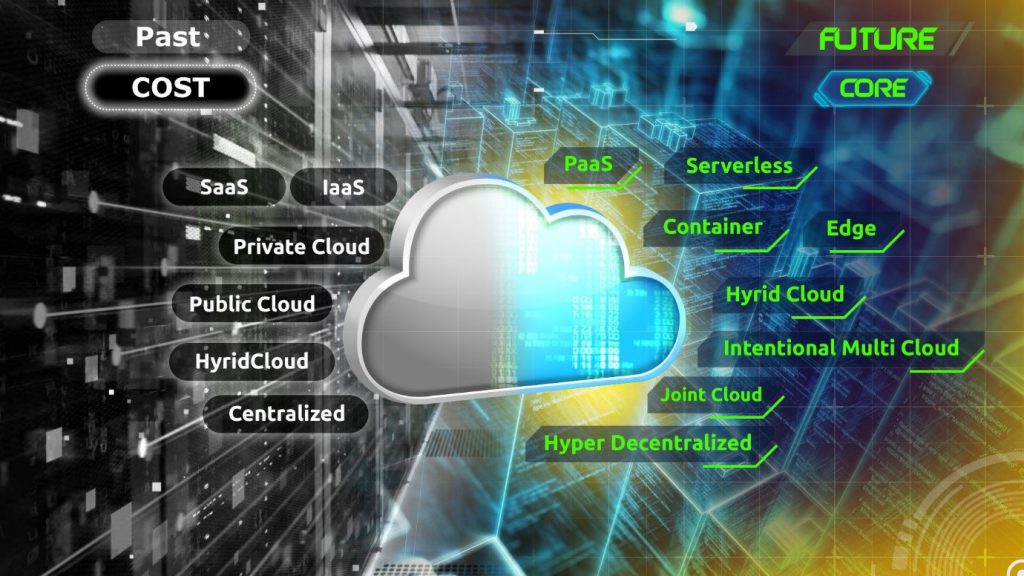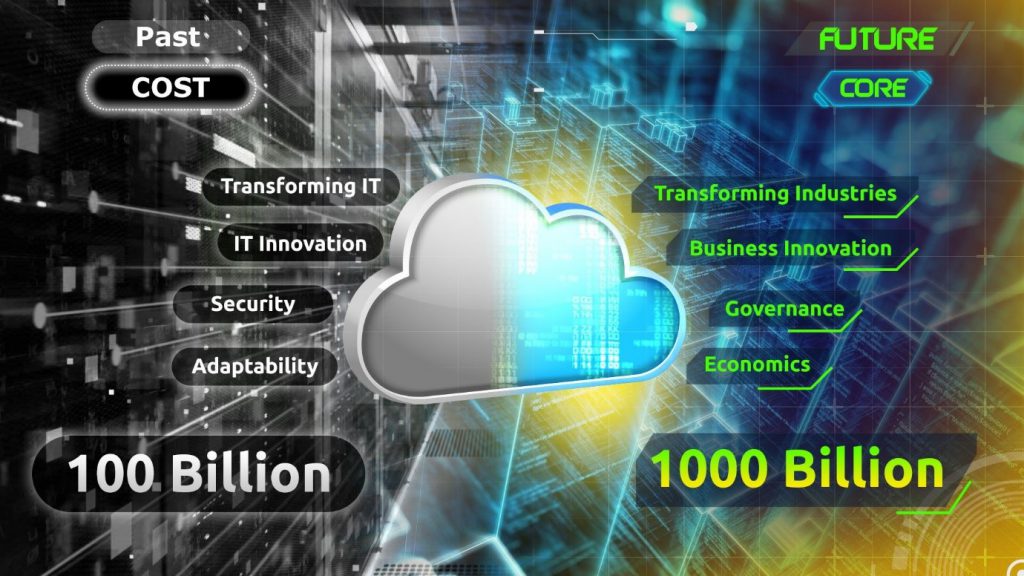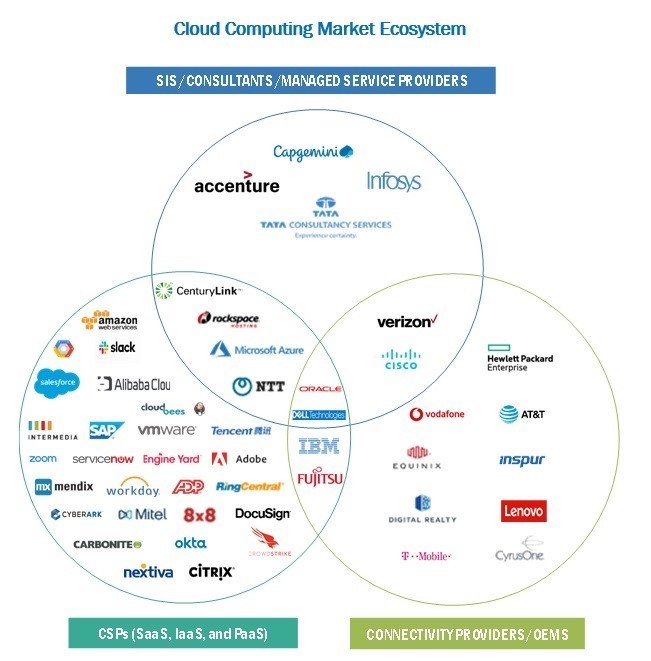While COVID-19 has been a curse for all of us, it has acted as blessings for public cloud adoption. This pandemic has led to an increase in the demand for digital workplace, tools and services. Suddenly companies small and large have been forced to adopt a Digital model for their operations. Digital-first operations for employees, customers, partners, and suppliers are no longer merely a differentiator; they are must for survival during this phase of pandemic impacted economy and beyond..
This article is to share my perspective on how cloud has evolved and changed in various ways in past decade and what does the future look like. How the CLOUD has changed his identity from COST driven initiative to CORE for digital transformation. The early days of cloud were focused around cost, cost and cost. Customers were not very savvy or keen to discuss things like high availability, auto scaling or any advanced features of cloud.
I remember those days when we had to consult our business partners to guide them through the benefits of moving to cloud. Discussions were focused on some of the basic benefits like virtualization, Op-ex, scalability, Pay-as-you go. Whereas future conversations will be pivoted around Industry 4.0, edge, agility & business innovation and for all of those, cloud would be assumed as the CORE service. Imagine if you asked your teenage daughter to use a payphone to get in touch with you… that’s how distant On Premise is going to look in the future.

Cloud began more as a Shared Infrastructure model to deliver application and storage services. Initial days around 2010 were focused on infrastructure driven solutions like Disaster Recovery or Archival data or moving long tail applications to cloud; going forward it is around how we use cloud based services to build more AI, IOT based futuristic solutions.
Organizations typically start their cloud journey by experimenting with a few applications. Few applications are deployed as Infrastructure as a service (e.g. AWS EC2, S3 or Azure vm) or replacing some of their core applications with industry leading SaaS solutions (SFDC, MS Dynamics, O365). As cloud matured, we see more and more applications being built the Cloud Native way. Way forward is around Platform as a service, building cloud native, containerized, serverless applications and edge workloads.

Multi cloud and Hybrid cloud which began as complex concepts has now become common choice for most of the organizations. Intentional Multicloud and Joint cloud is the future where giant public cloud providers are expected to provide interoperability, easy integration, rigorous service level agreements, and collaborative enterprise support that is needed to simplify IT operations in today’s day
To take one step forward, the idea of one central public cloud environment is disappearing fast. In the interest of security, compliance and IOT, it is inevitable that cloud come closer to where their service consumers are. The solution is Edge. The edge is about processing data where it makes sense and minimizing the burden on the enterprise network. It’s about expanding from traditional, centralized architectures to a distributed one and being able to drive business from anywhere.

So to summarize, Cloud began its journey by influencing IT operation team. However as we move forward, it is expected to drive much stronger demand from business organizations to transform their product and services. IT organization would continue to focus on optimizing the cloud spending looking at cloud Economics and strengthening the security. The coming decade will see a much more data-centric, real-time, intelligent, hyper-decentralized cloud that will comprise on-premises, hybrid, cross-cloud and edge workloads.
Cloud Industry evaluated at $100 Billion a decade back is likely to reach over a Trillion $ by 2030
** The global cloud computing market size is expected to grow from USD 371.4 billion in 2020 to USD 832.1 billion by 2025, at a Compound Annual Growth Rate (CAGR) of 17.5% during the forecast period.
Ref: https://www.marketsandmarkets.com/Market-Reports/cloud-computing-market-234.html
If you are keen to understand how cloud can bring in vast benefits to your organization, do reach out to us in the comments section. Also excited and proud to be part of the Organization – Capgemini which is leading player in Cloud space.

Ref: https://www.gartner.com/smarterwithgartner/gartner-top-strategic-technology-trends-for-2021/

 English | EN
English | EN 